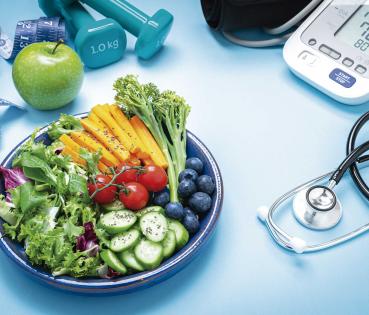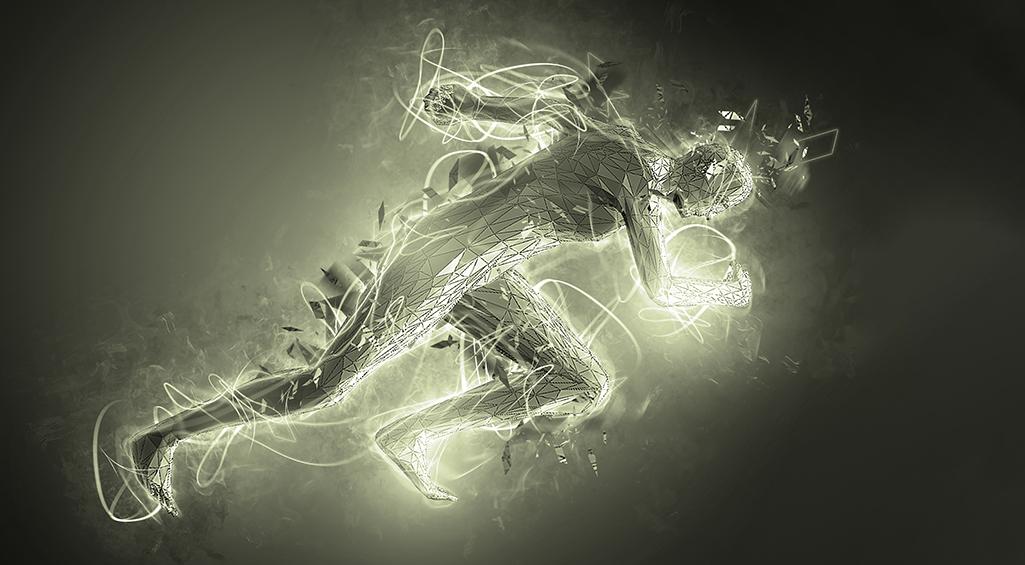
360 sports: Which physical activity benefits us most?
A complete sport is one that exercises a wide range of physical and mental skills, offering benefits for health and general well-being.
Physical activity, along with a good diet, is a basic element to guarantee good health. In fact, according to the World Health Organisation, regular, suitable physical exercise, including any corporal movement that requires energy, can reduce the risk of many diseases, such as high blood pressure, strokes, diabetes or depression.
Choosing the right activity
To do this, it is recommended carrying out a minimum of 150 minutes of moderate intensity physical activity each week. These 150 minutes per week bring many other essential benefits for people, such as an improvement in learning skills, the growth and development of healthy bones in young people or the prevention of injuries in the elderly; it reduces mortality by 33% compared to non-active people and it improves physical fitness, influencing self-esteem and a general feeling of well-being.
To some extent, therefore, any sport directly benefits our health. However, each sport works different muscle groups and techniques. For this reason we must find an activity that adapts to our goals and physical condition.
For example, while yoga is a good option to improve flexibility and relax the mind, football can put resistance and tactics into practice. But there are also disciplines that demand many of these elements and that work equally on the physical, mental and technical levels thanks to their combination of skills, meaning that these are the most complete sports.
Top five most complete sports
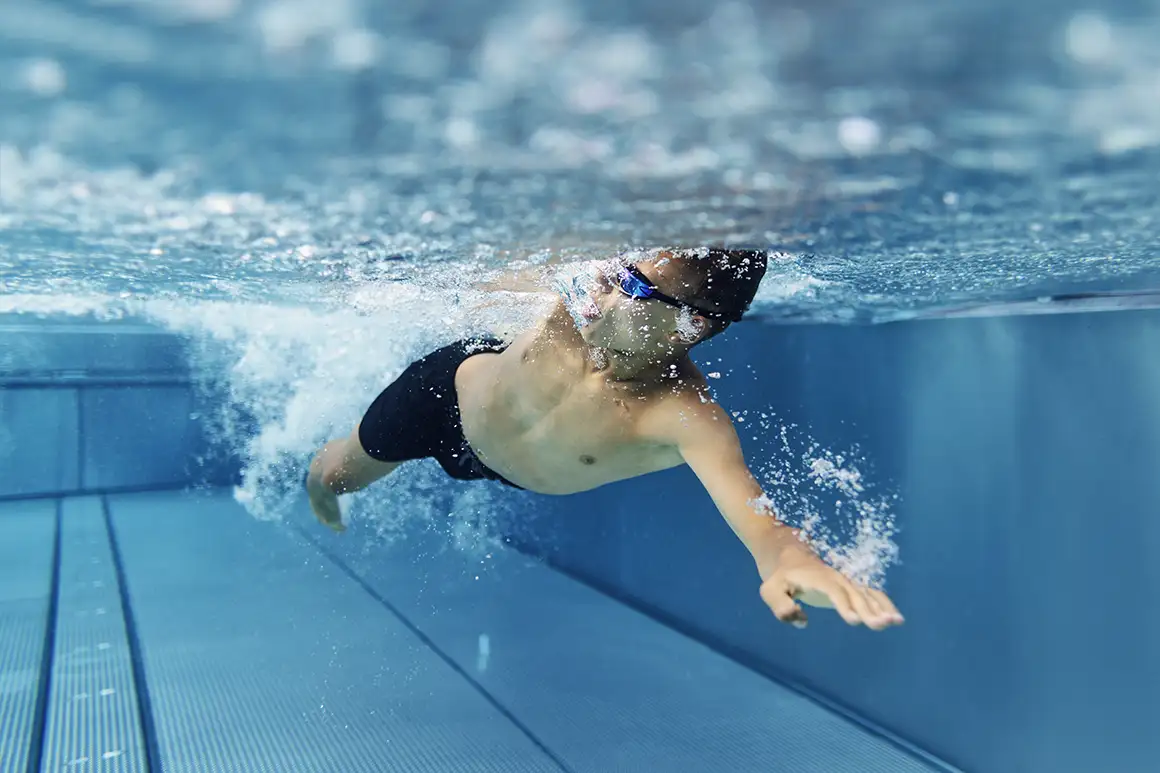
Natación
1 of 5
- It works with many movements of the body at the same time as it needs continuous coordination skills and strength to move through the water.
- It increases lung capacity and improves the respiratory system, as well as the circulation and cardiovascular system, due to the creation of resistance.
- As it is carried out in water, it reduces muscle tension and the heart rate, contributing to the secretion of serotonin and dopamine.
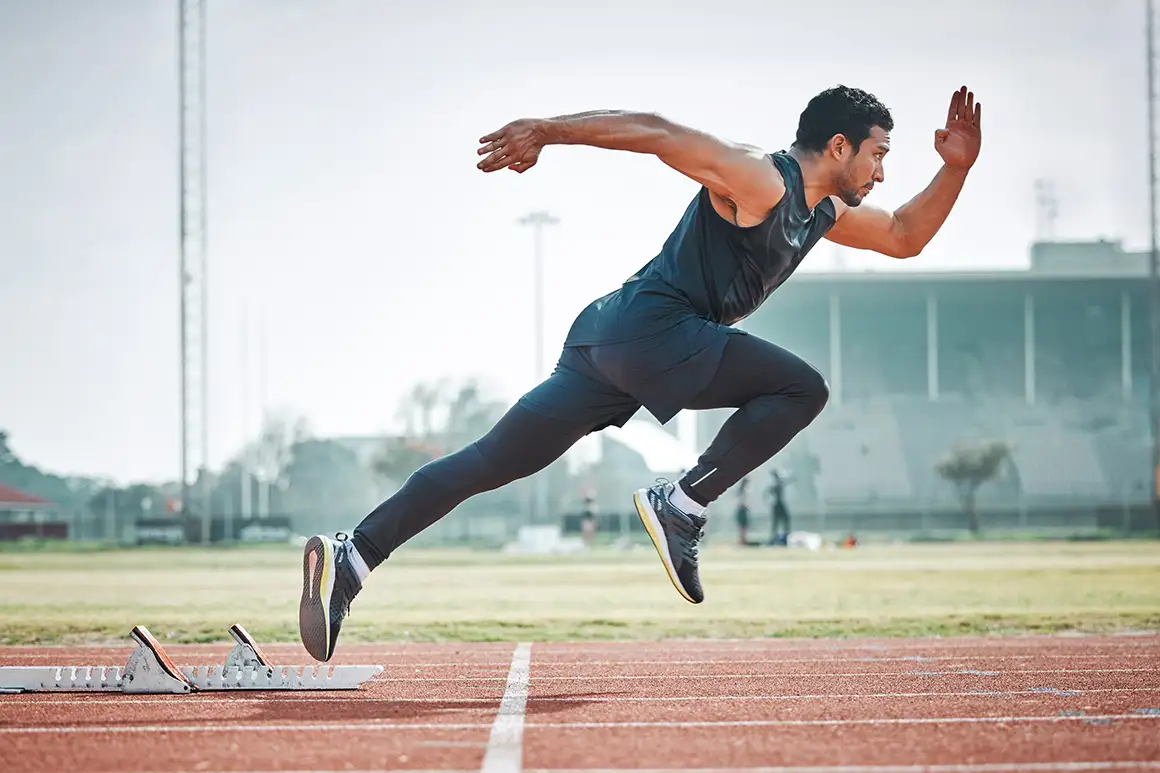
Atletismo
2 of 5
- It boosts the use of the fatty acids as an energetic substrate to carry out the effort and it increases the metabolic activity during the days following the exercise.
- It works the muscles directly due to aerobic exposure, stretching them and strengthening them, as well as improving their flexibility.
- It improves the respiratory system and increases resistance and brain activity.
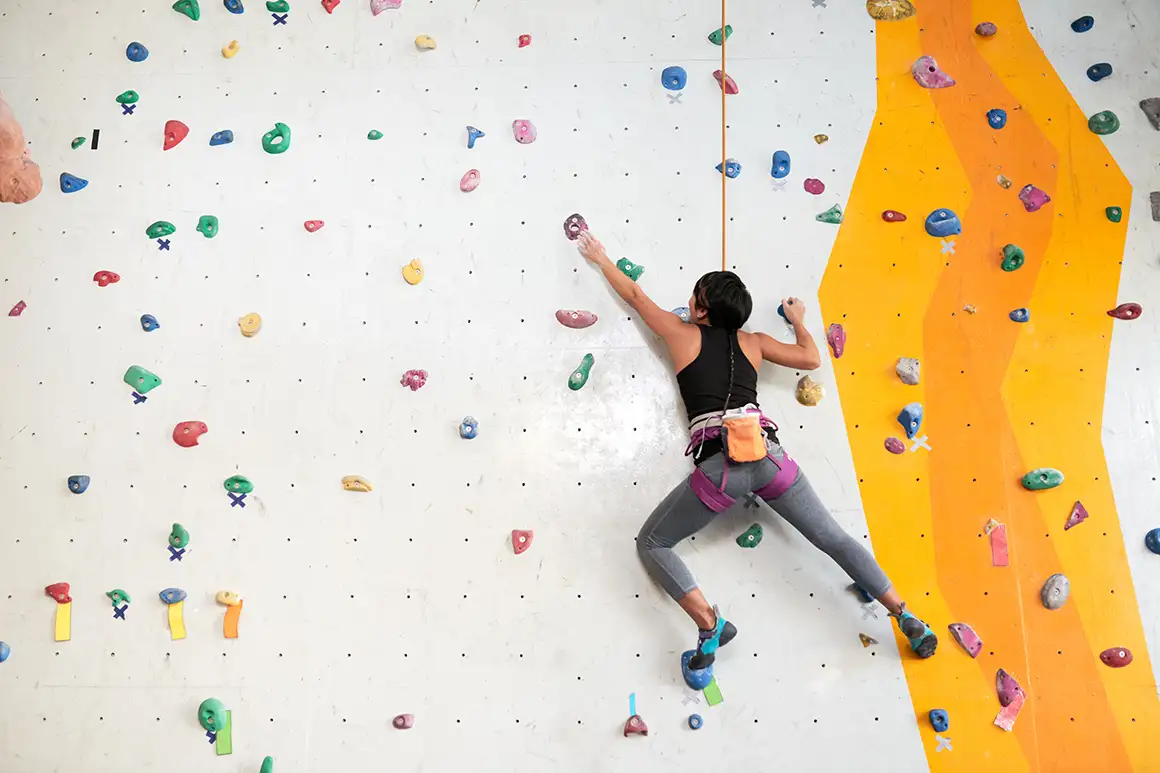
Escalada
3 of 5
- It gives the core in depth training, at the same time as strengthening hands and forearms; biceps; shoulders; neck; trapezoidal muscle; higher back; dorsal, lumbar and abdominal muscles; thighs and buttocks.
- The movements that are carried out during this sport increase resistance and elasticity, as well as improving joint mobility.
- Balance is also one of the most developed elements, along with concentration skills. According to the type of climbing, it also perfects other skills such as speed, coordination or isolated strength.
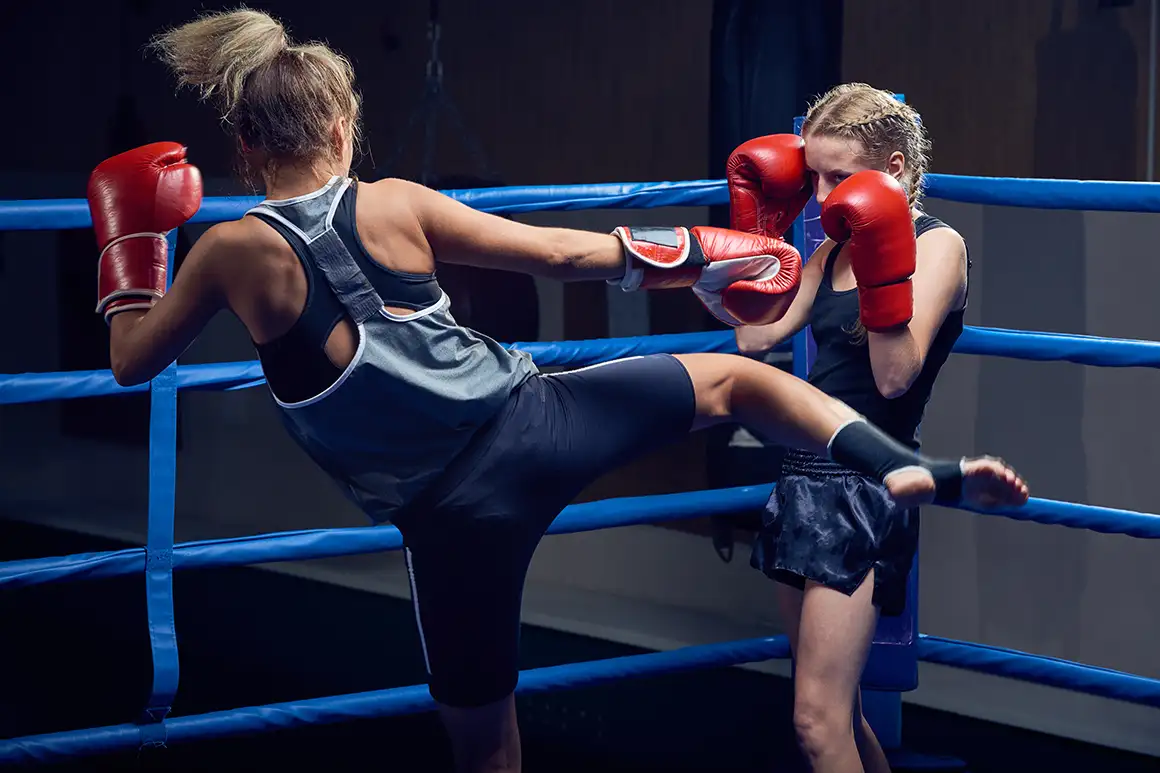
Boxeo
4 of 5
- It revolves around three main elements: action, reaction and coordination. There is no movement in this discipline that does not mean activating a muscle, particularly the central ones, including the lumbar and lower back muscles.
- The movements between arms, legs and head, as well as the en-guard, dodging and protecting positions, involve high reflex skills and constant balance.
- One of its main indirect benefits is avoiding bone deterioration and improving blood circulation, allowing nutrients to be spread quicker, which turns it into a unique calorie burner.
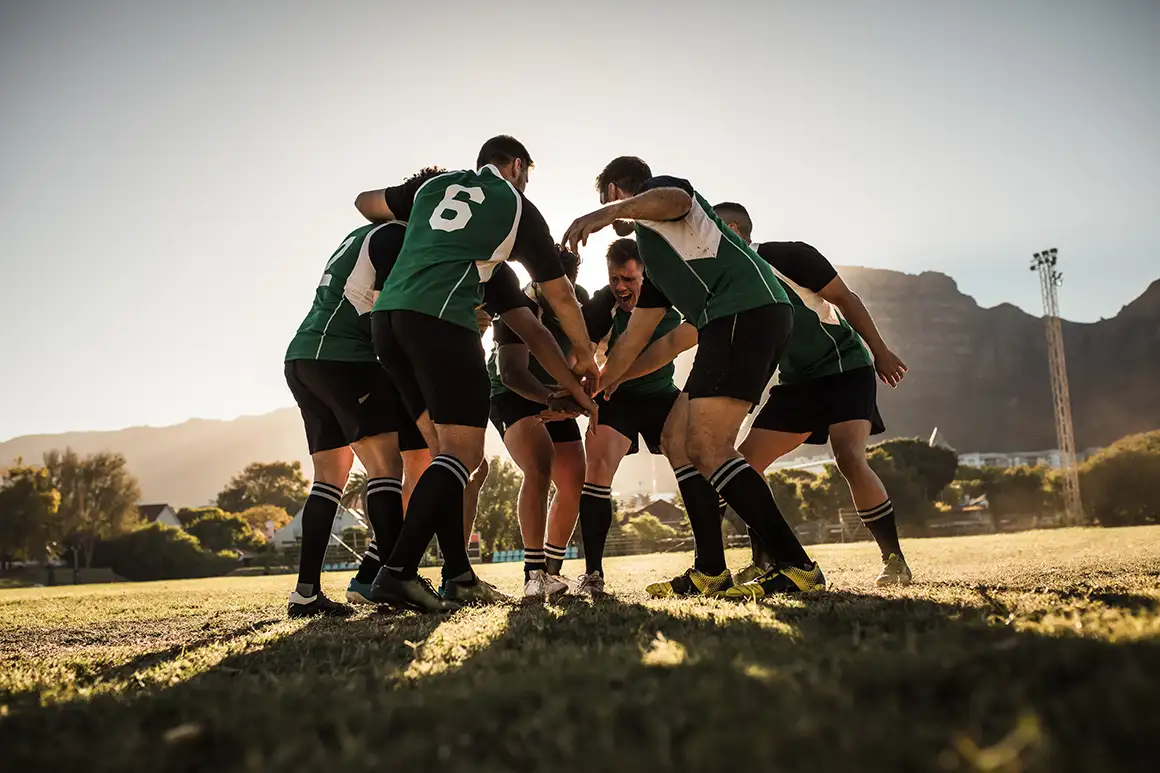
Rugbi
5 of 5
- Psychomotor work is developed thanks to the coordination that the constant handling of the ball requires and the number of muscles that are exercised during the game.
- It is a contact sport, but it also particularly concentrates on resistance, as the average game lasts 80 minutes. Stability and control of the body are essential, although speed is the element that is worked most, both physical and mental.
- It depends directly on the strategy created jointly with the team, encouraging communication and social skills.



